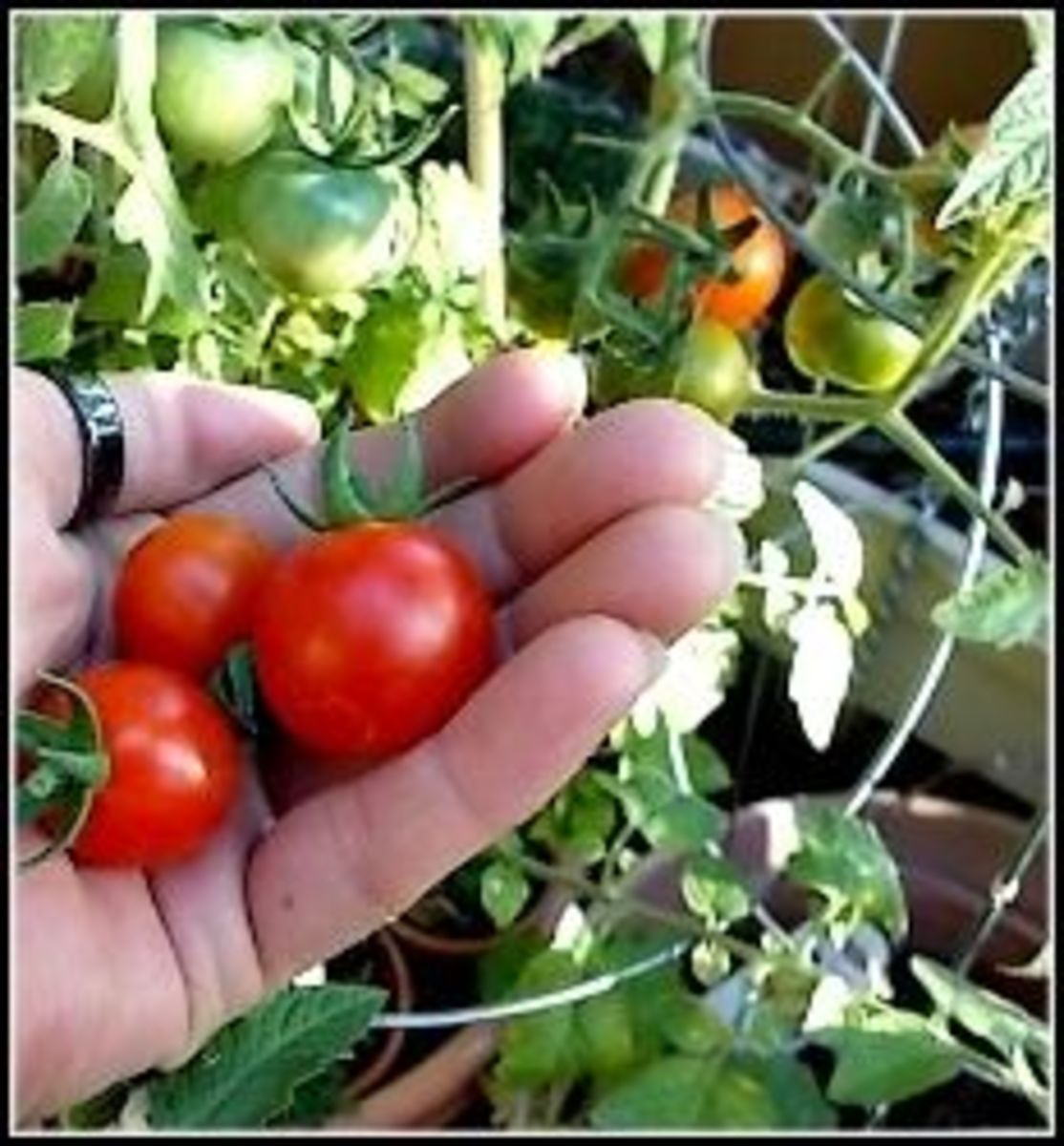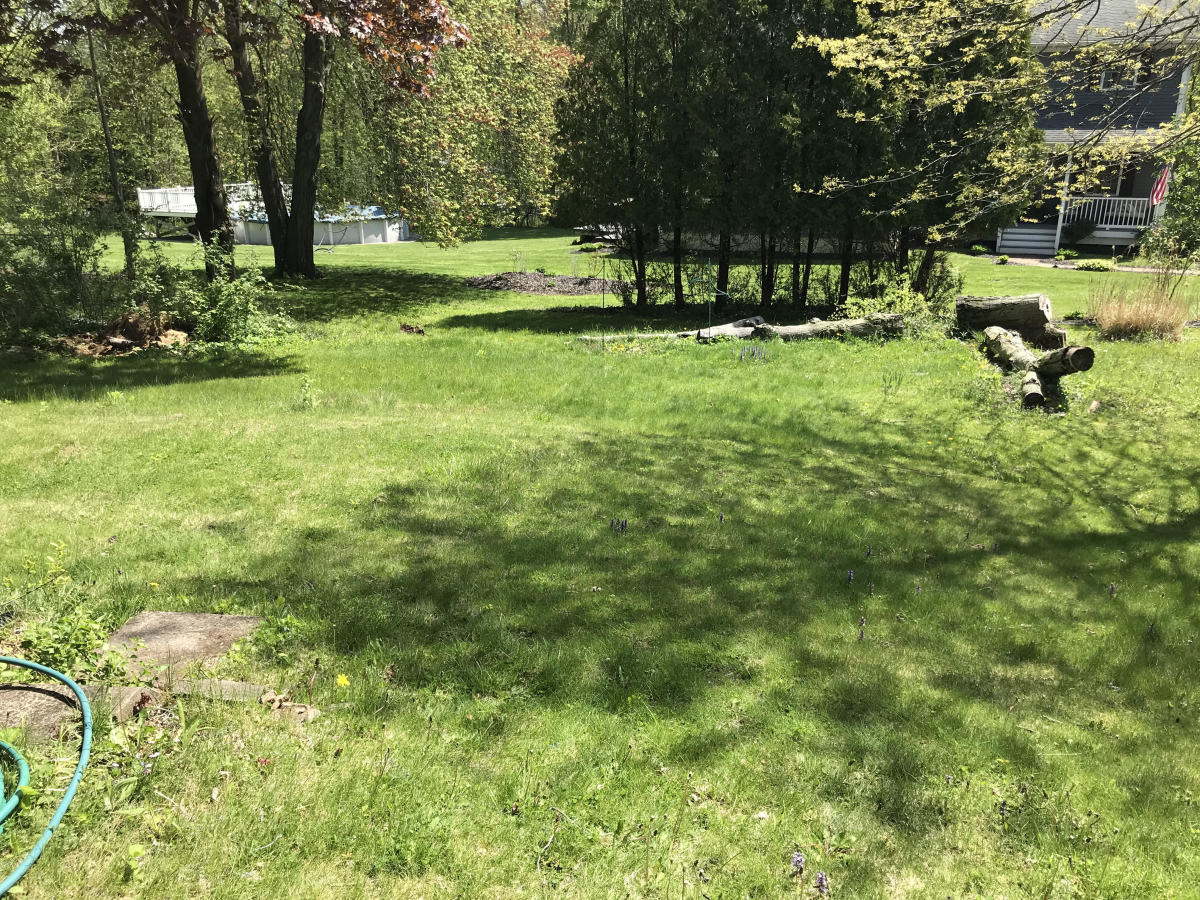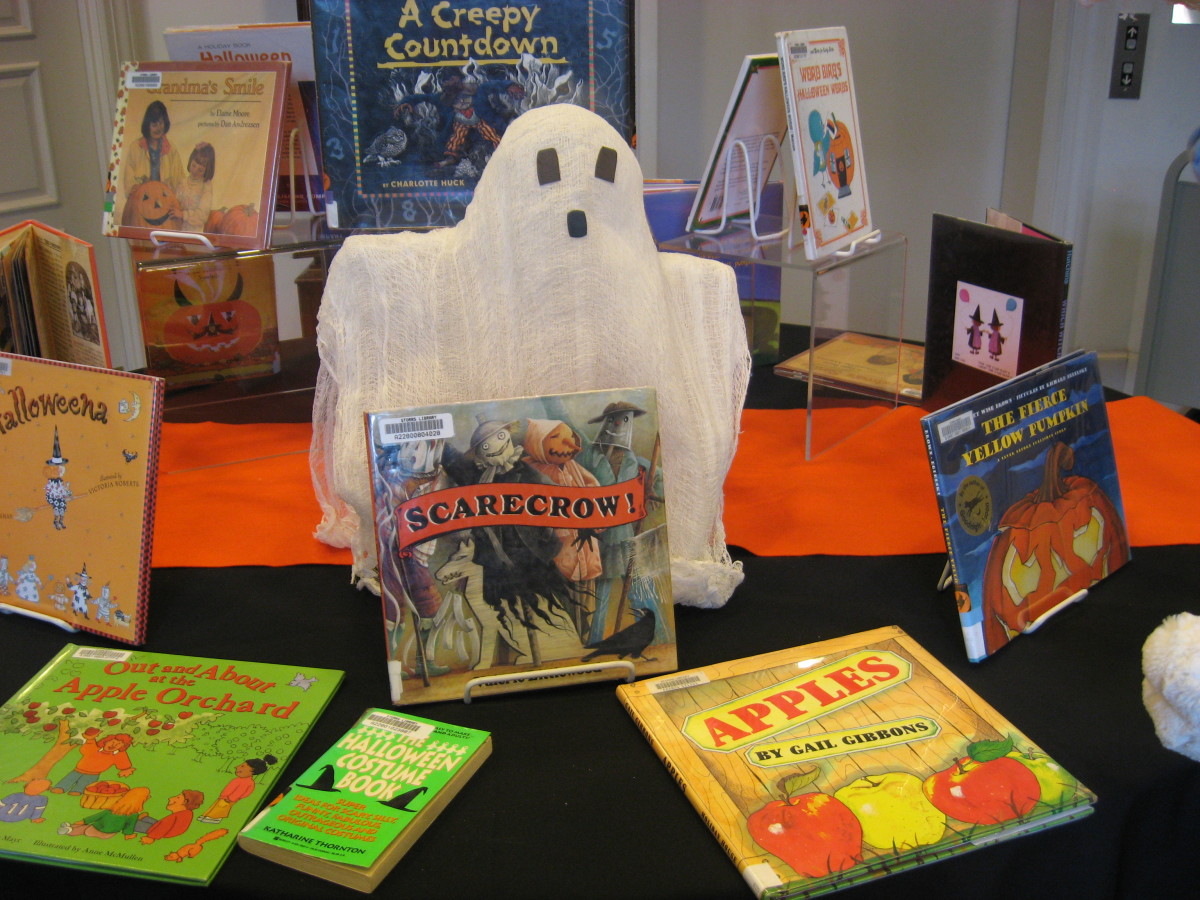How I Grew A Garden In Less Time and Got Bigger Plants and More Veggies Than My Neighbors
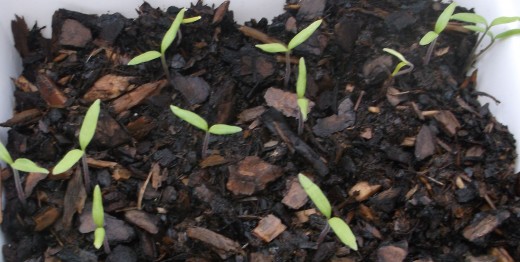
When I first opened How to Grow More Vegetables, I'll admit I was a little overwhelmed. The book is full of charts and diagrams and so much information that it's a little challenging to grasp. Having heard wonderful things about it, I decided to plow through.
We'd just survived our first Colorado winter. The snow was melting and I was bouncing off the walls to start growing stuff. First I had to get the seeds ordered. And the ground plowed.
And I had to make sense of this huge book because I suspected there was a secret within its pages. There was. There were two in fact, that I applied. With one more that I lucked into, I was off to a bang-up gorgeous garden.
Hubby was busy herding the yaks, the dogs and a lot of other stuff including the shopping. (I couldn't drive our massive pickup.) It was up to me to dig the garden. Though he certainly helped, I did most of it myself.
Having a bad back, one would think I should have done what all my neighbors did: just rent a tiller. But I was determined to follow the Double-Dig Method outlined in the book. I plotted out a garden 4 feet wide and 40 feet long.
Have you ever tried the double-dig method?
If you picked something else, let me know what your answer is in the comments below.
By the time I was ready to plant...finally, it was late June. All my neighbors had started their gardens more than a month before. Starting this late in a place with a short growing season was a no-no. I was doing it anyway.
The second secret I learned from this book was to create a micro-climate. By planting the vegetables as close together as possible, you reduce the need to weed and help trap the moisture beneath the leaves. As arid as Southern CO is, that was a necessity.
My third secret did not, I believe, come from this book. We'd been considering mushroom farming. From that study, I discovered mycorrhizae; fungus that forms a symbiotic relationship with plants and helps them resist drought and disease. The local garden shop had a few bags of "Frog Dirt" which contained spawn for that. I mixed it in with my fermented yak poop compost and watched my happy little seeds pop up.

A month or two later I was pulling radishes and carrots and beans out. My tomatoes were beginning to flower and we were eating lamb's quarters on a nearly daily basis. (So yummy!) And that's only a few of the things that were growing -- like mad!
On a trip into town we visited a few friends. Their gardens (the ones planted way before mine) looked stunted. I was floored.
Yes, How to Grow More Vegetables has its flaws. Some of the information is challenging to follow. I had to read some sections more than once to comprehend them.
And sorry, I'm a hands-on type of learner. I refuse to sit around drawing a map for my crop rotation. Next time I'll plant each veggie somewhere it wasn't last time.
At the same time, it's very comprehensive. I'll be referring back to it for many years. And probably learning new tricks each time to make my green thumb even greener.
The introduction to a 9 session series on biointensive gardening from John Jeavons, the author of How to Grow More Vegetables
And just to whet your appetite, the second in the series. This section covers growing seedlings in flats, first and second stage planting, seedling selection and watering.
I wonder if a butter knife is a good substitute for his "widger" thingamabob?
You can view the rest of the series by clicking the options offered at the end of the video.
Haws Watering Can
This is the Haws watering can that Jeavons recommends in the above video. Took me a bit to find it as I had to try several different spellings.
This can mimics gentle rain, so that your delicate seedlings don't get battered and bashed by an onslaught of water.
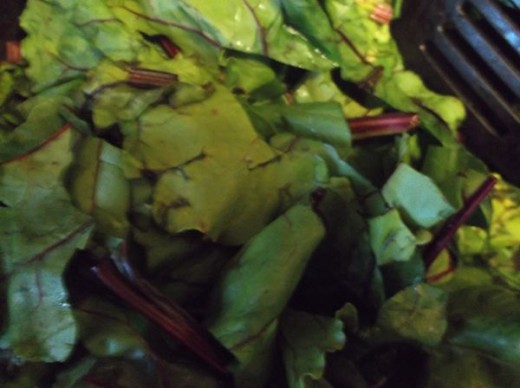
Now that you've got all those gorgeous veggies, what to do with them? Here's a couple ideas:
Super Easy Garlicky Beet Green Sauté. Yummy and healthy too.
If you grow your own beets, you can even harvest the leaves right out of your garden while waiting for your beets to grow. Just don't pick more than one or two stalks from any one plant.
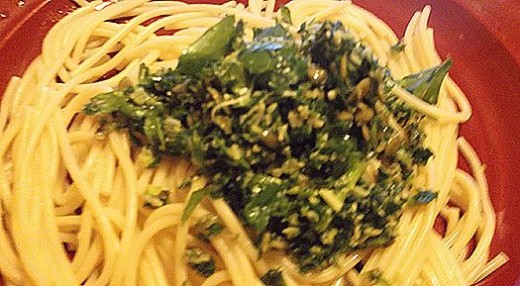
Super Fast Parsley Pesto Pasta. You can whiz together this pesto in less time than it takes to cook your pasta.
Awesome over rice and other grains or potatoes too.
© 2014 Lionrhod


